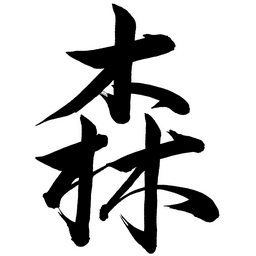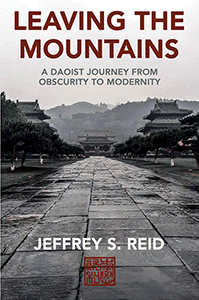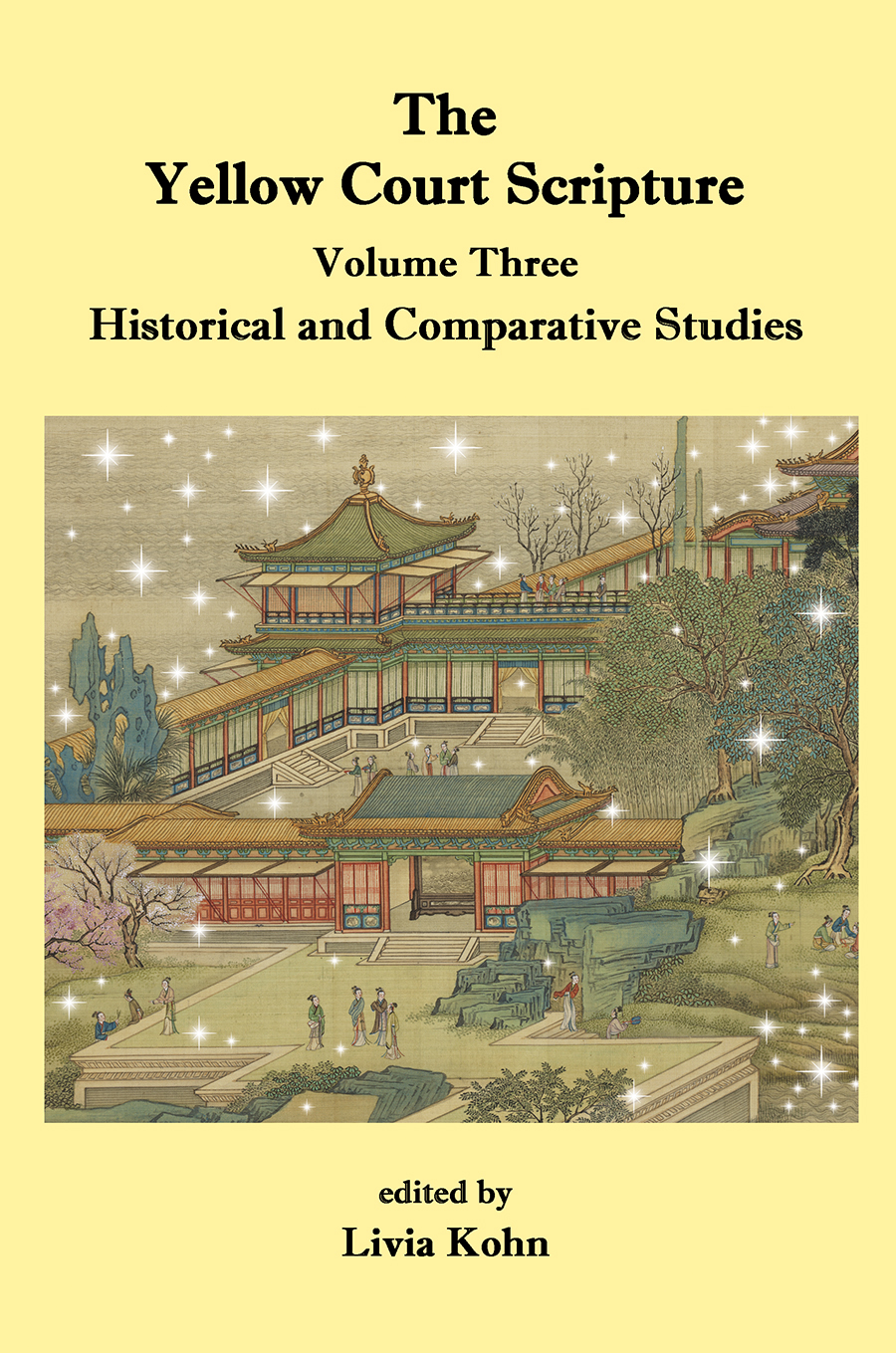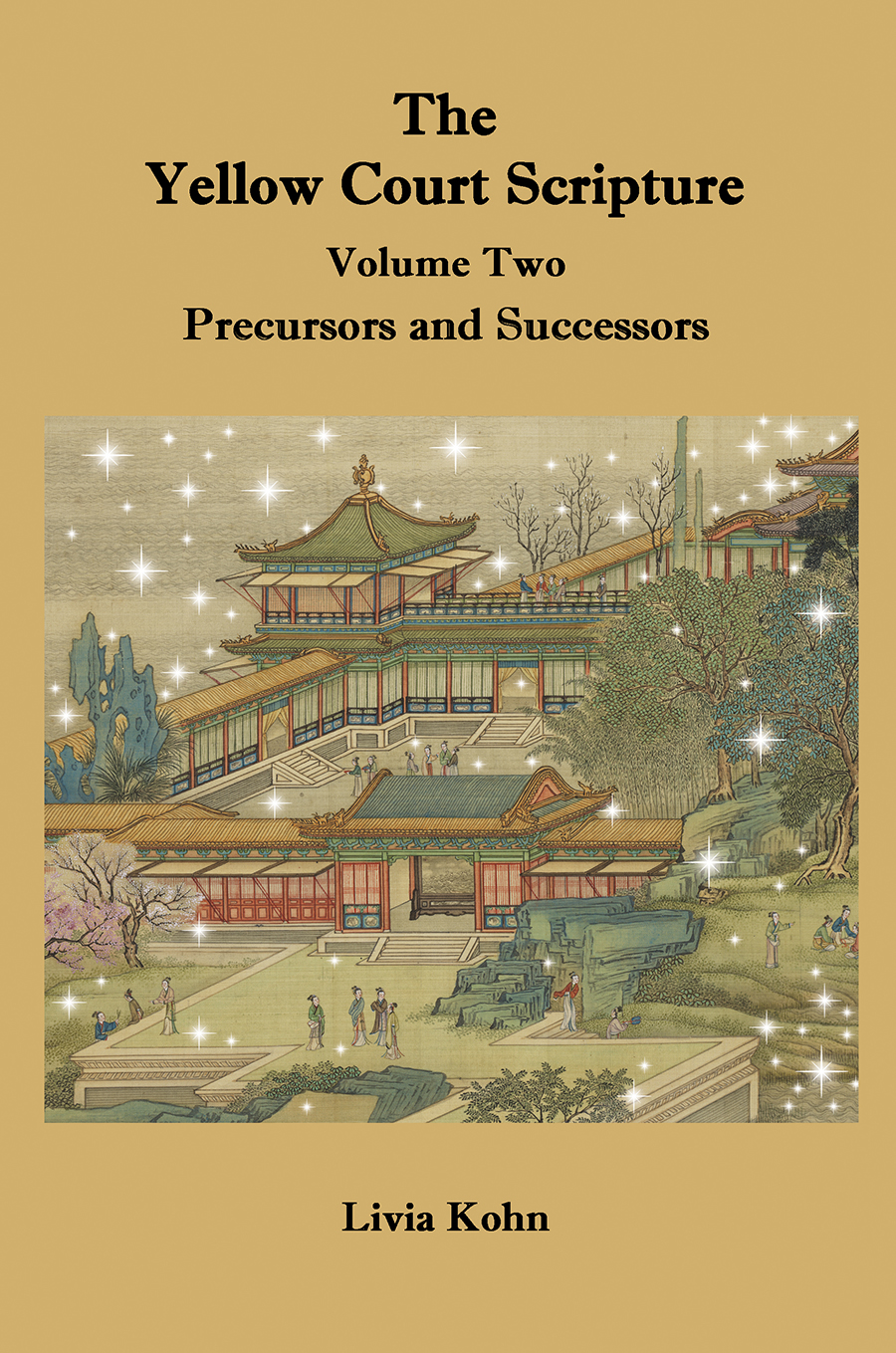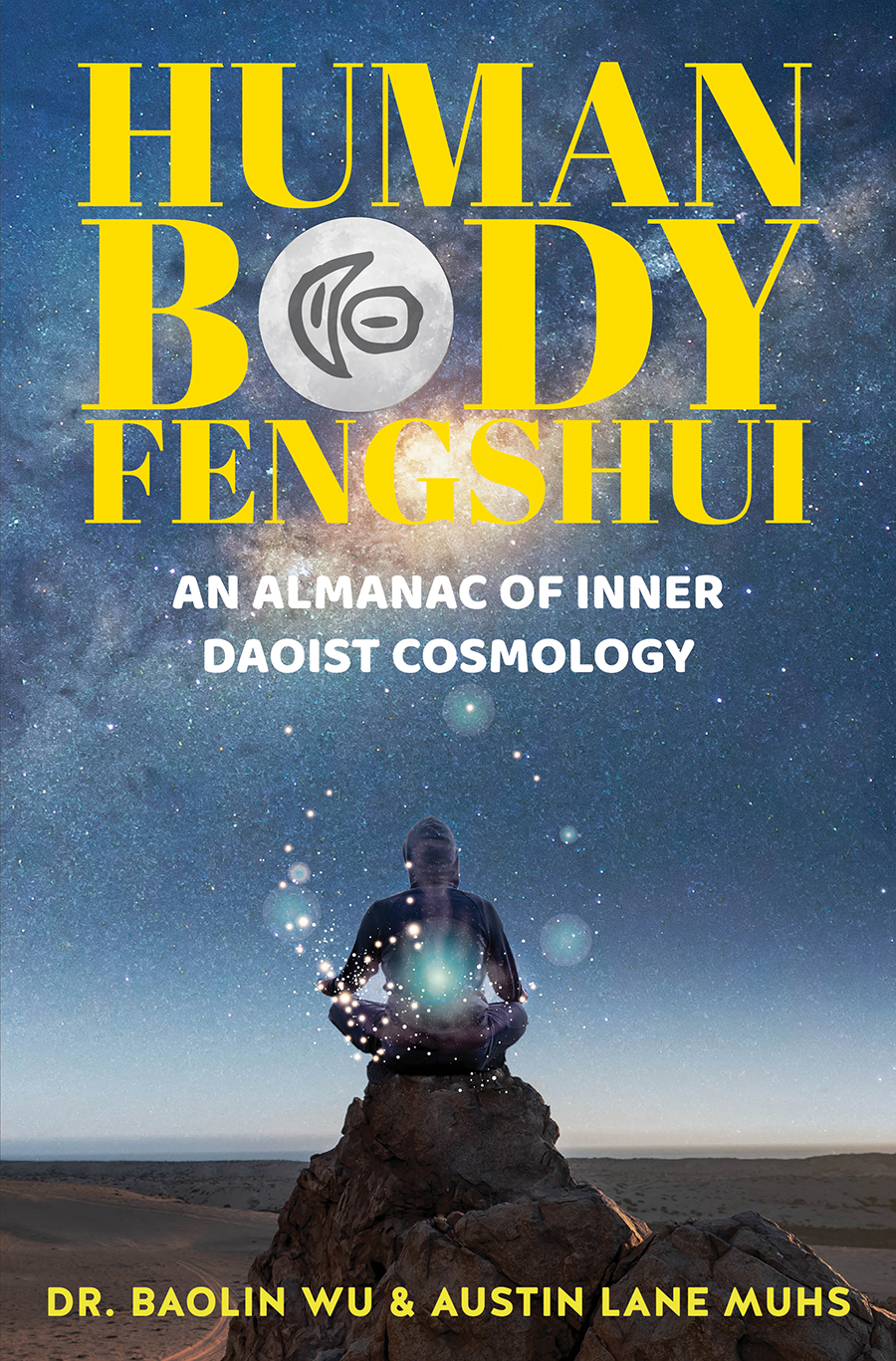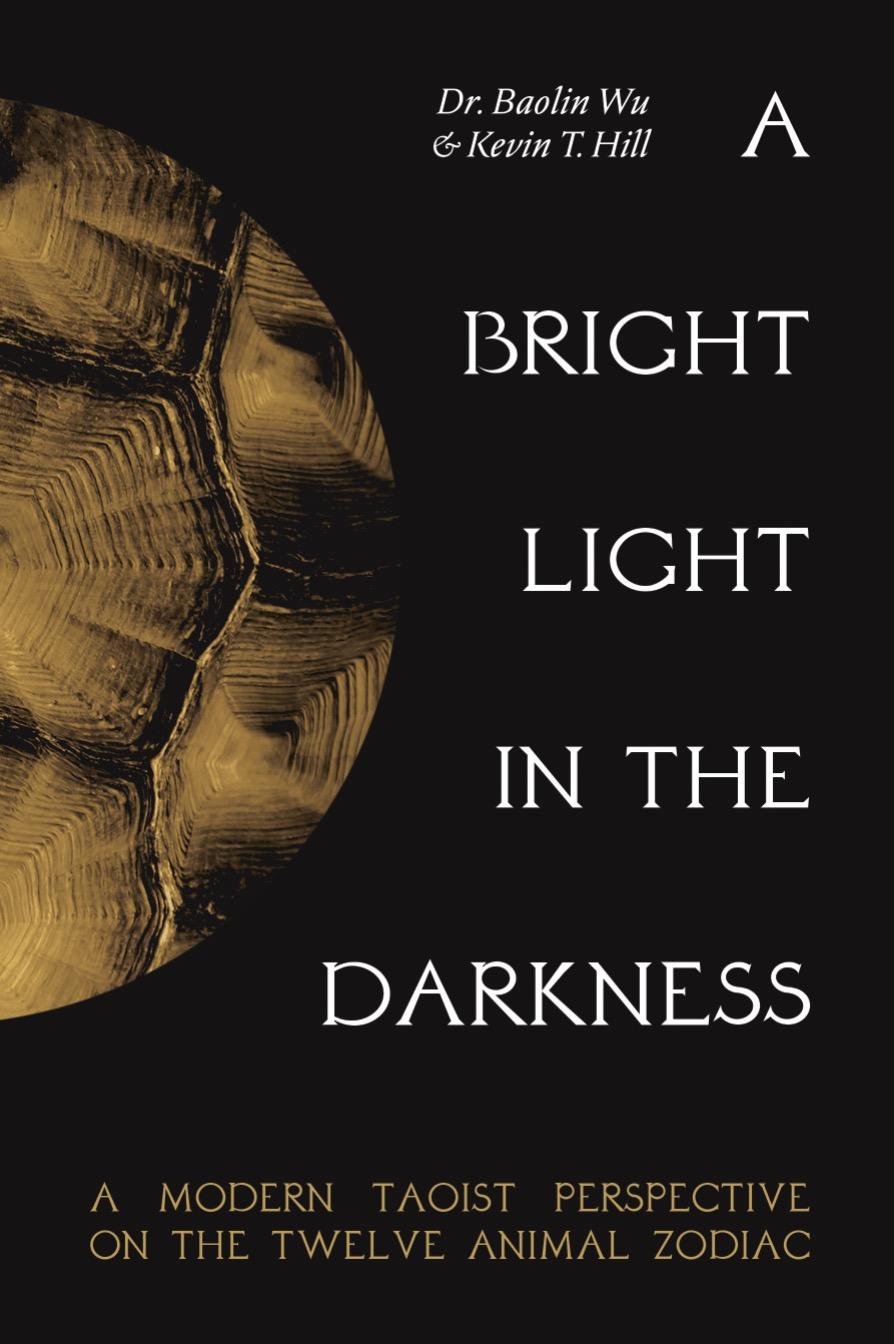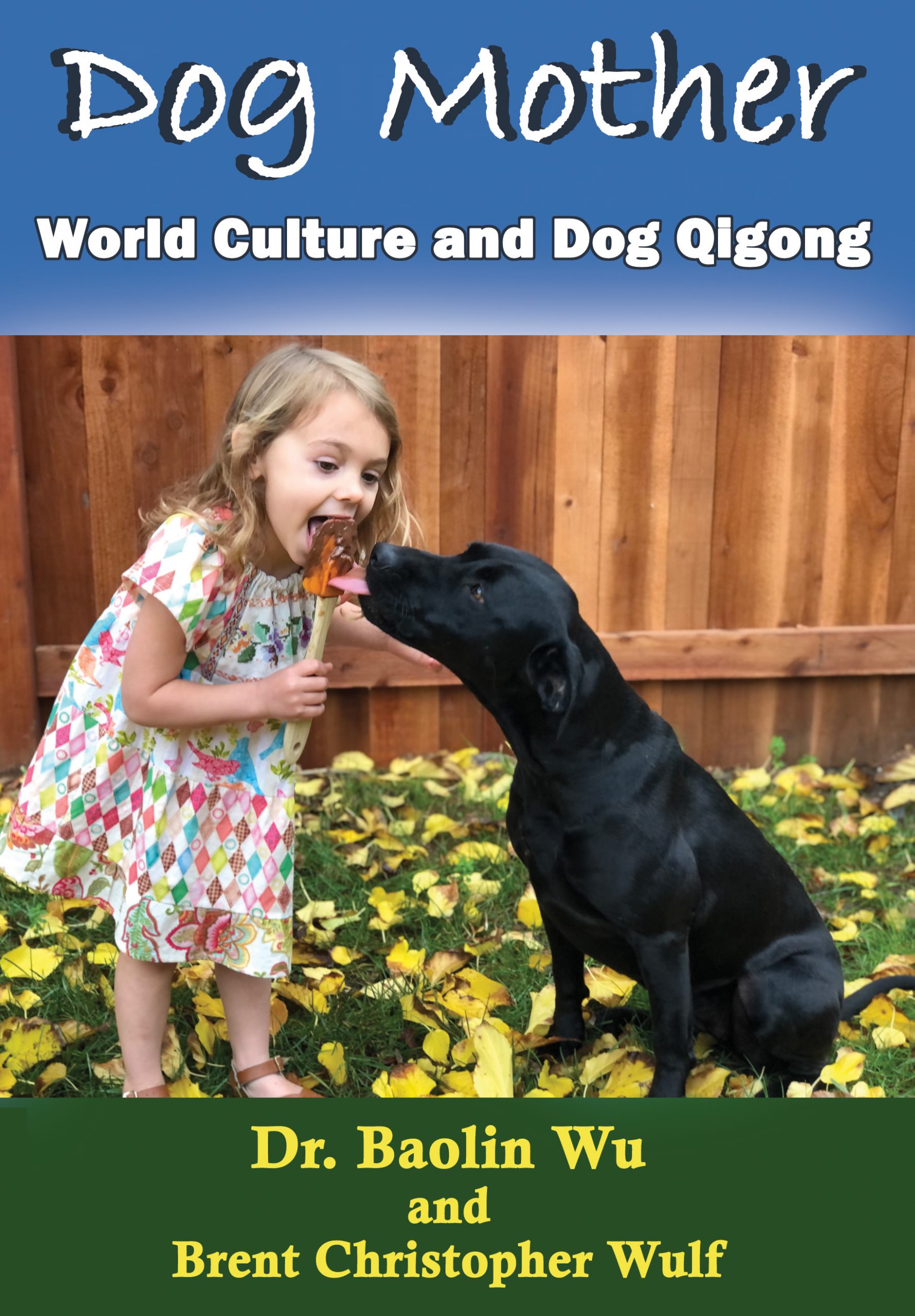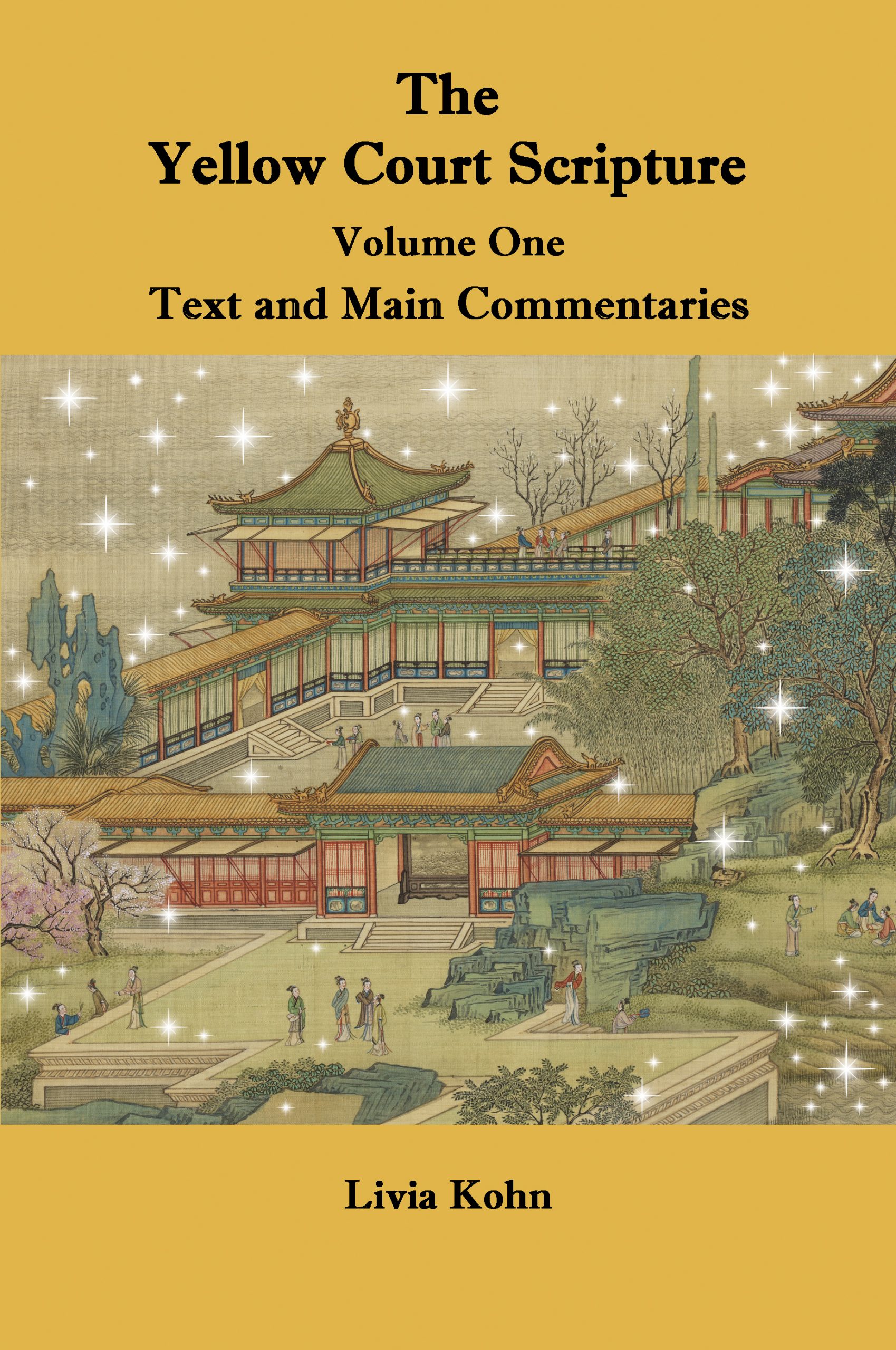A Daoist Journey from Obscurity to Modernity
by Jeffrey S. Reid
Leaving the Mountains follows the story of a Daoist lineage from its Yuan and Ming dynasty origins, through the fall of imperial China and the chaos of the Cultural Revolution, and right into the brackish waters of the present. Chronicling several generations in both biography and memoir, the narrative follows a historically secretive and obscure lineage’s descent from its misty mountain grottoes into the pulsating neon-glow of modernity. Focused as much on martial arts as meditation and mysticism, it is as brutally sober as it is humorous, thought-provoking, and inspirational. With evocative elucidations of esoteric Daoist concepts and startling questions about the nature of reality woven through its multifaceted narrative, the book deftly explores the profane and the sacred, the mundane and the profound, and that blurry line where they become indiscernible. Meticulously researched and enriched with unique personal insight, it is at once an historical chronicle, contemplative exploration, and deeply personal reflection. Leaving the Mountains is a refreshingly honest take on Daoist cultivation, the potency of lineage, and the indispensable value of tradition for our times.
Paperback $35.95 plus S & H; prepublication special: $28.50 plus S & H
PDF download $20.00, available mid-July
The Author
Jeffrey S. Reid is a dedicated practitioner of Daoist martial arts, inner cultivation, and meditation. He trained in the Wudang Mountains for seven immersive years and was initiated as a 16th-generation disciple of the Wudang Sanfeng Lineage. Today he runs Wudang Santa Cruz, a Daoist martial arts and cultivation school in California, and leads workshops around the world.
Endorsements
This generational story had me feeling like I was entering the Wudang Mountains all over again for the first time. It is not only a joy to read the history of San Feng Sect lineage, but also important to document this unique period of time, late 90’s to early 2000’s, of east meeting west on the frontier of Chinese Daoist Gong Fu, from individual perspectives of discipleship such as Jeff Reid’s.
—Lindsey Wei (Wei Shiling 魏世灵 ), 31st-generation Dragongate Daoist, director, Wudang White Horse Martial Arts Academy
This book is a needed addition to the story of the Daoist emergence from the rubble of the Cultural Revolution to the challenges of a global society in the 21st century. Clearly a work of love, Reid’s book is part history, part ethnography, and part spiritual memoir. It’s a must-read for anyone trying to understand how Daoism survived from the fall of the Qing in China to the spread of the Dao in the West today.
—Bede Benjamin Bidlack, Saint Anselm College
Beautifully written—an insightful personal account of life on Wudangshan, with a treasure trove of insights on Daoist teachings and practice.
—David Palmer, Professor, University of Hong Kong
